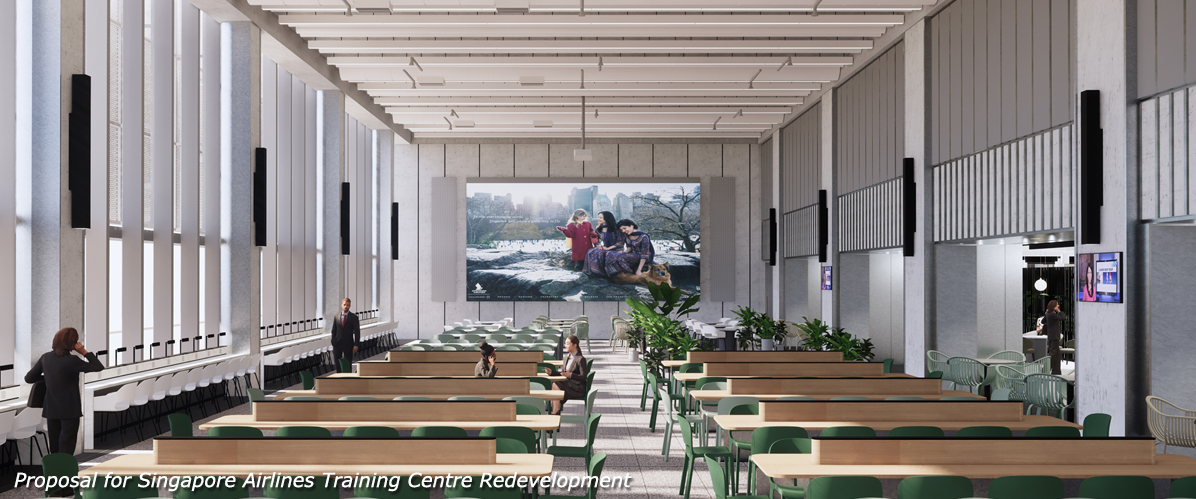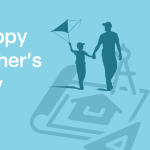13 May 2022
From office to remote and hybrid, we’ve tried it all. So, what’s in store for the future of work? RSP Associate Director, Mark Wong thinks residential co-working could be the answer, alongside the rise of multi-use spaces across the nation.
Covid-19 could be the death of Singapore’s central business district as we know it.
The pandemic showed us the CBD needs more residential and leisure spaces, for the idea of using so much prime real estate in land-scarce Singapore for a single function – work – now seems ludicrous, what with hybrid arrangements that could see those offices used less than a third of the week.
Lockdowns also laid bare how susceptible to obsolesce single-use areas like the CBD can be, as supporting retail and commercial functions withered without foot traffic.
So if not a bustling place of business, what might a city centre look like? If all goes according to government plans, then: yet another of the nation’s many regional hubs-in-development, where home, work and social spaces are all located within 15-20 minutes of each other via walking or public transport.
For decades, Singapore worked to realise this concept by building leisure, healthcare, retail and business hubs closer to residential nodes. Offices have, for the most part, been the final frontier, as commuting across the small nation was not seen as exceptionally painful. Thus, the CBD retained its glamorous stranglehold on commerce. But that all changed with the pandemic.
Is hybrid work here to stay?
As more people enjoy the benefits of flexible work such as boosts in productivity, the pressure is on for companies to offer this as a permanent perk or risk losing talent to more flexible competitors. Even the civil service has declared hybrid work its new long-term norm.
Of course, there are challenges. Collaborative tasks – like those in the fields of architecture and engineering – mean in-person meetings typically accomplish more. The loss of office culture could weaken workplace relationships and the channels for help, knowledge and belonging they represent.
Not all firms can figure out guidelines to assess productivity and promotions when their staff operate out of the office. Some employers are still figuring out labour laws and income tax implications if their staff work across borders for extended periods. Some staff may not have conducive work environments at home. For many, remote work has resulted in longer hours.
And then there’s the fact that hybrid arrangements can very quickly be withdrawn, with leadership at big players like Apple, Netflix, Goldman Sachs and JP Morgan expecting staff to return to the office.
So are the majority of firms in Asia, who are planning for a full return now life is nearly back to normal. It’s easy to see why these companies are wary – in the last 20 years, early adopters of remote work like IBM, Bank of America, Yahoo and Reddit have found themselves rolling back these arrangements as bottom lines began to slump.
So, is hybrid work here to stay? The answer is: it’s complicated.
While there is no singular direction the future of our workplace arrangements will evolve, the fact is that each new generation entering the workforce is more primed to operate digitally and technology is evolving to better our ability to connect to each other online. The building industry is more than ready to explore how we can build healthier spaces for work, rest and play.
Multi-use buildings, co-working near home
In 2019, less than a year before Covid-19, the Urban Redevelopment Authority and Land Transport Authority had already announced semblances of the 15-minute town-planning concept. The current acceptance of hybrid work also inspired two towns to study how they can help residents combat unconducive work environments with a pilot in progress to install work booths in housing estates.
If this succeeds, planners and town councils can study the development of public co-working spaces that are more energy-efficient than individuals operating from their homes and foster social and community ties as neighbours begin working side by side.
Layering more diverse programming has also been a trend among commercial and public developers as they reimagine the futures of work. Examples include CapitaSpring, featuring public sky terraces amid offices and eateries; Funan Mall, with its condominium -like podium environmental deck, bearing barbecue pits and futsal courts; our proposal for Singapore Airlines’ Training Centre expansion, which will function as canteen, townhall, and hot-desking space.
All these offer a fresh interpretation of how and where work can be carried out, thereby increasing the use, and hence the value, of their real estate.
While all this programmatic layering and attempts to build regional town hubs are greatly precipitated by climate concerns, they also set the stage for hybrid work to take off. Carbon savings from reduced transport and central office emissions are simply one major benefit of hybrid work.
In fact, our climate crisis practically demands that we look for healthier and more sustainable methods to work – or we will not even have a world to speak of, much less to live or work in.
The past five years have signalled the desires of Singapore’s building industry to move towards a more permanent collapse of the divides between work, rest and play. So as we emerge from Covid-19, business-as-usual mentalities no longer fit the current zeitgeist, even if people, governments and corporations can get away with heeding otherwise – for now.

Mark Wong, Associate Director, Singapore Studio
Mark believes no task is too small to apply the most rigorous processes of design and critical thinking. Questioning every assumption and commonly held convention ensures that the brief, context and users are understood thoroughly, so that the design solutions always address every need and aspiration fundamentally and meaningfully. He strongly advocates investing and empowering people’s voices so that every one can bring to the table their history, abilities and talents as the most successful works, to him, are often those that harness and acknowledge the contributions of a diverse people. He is therefore often at his best when he brings out the best in others.
Share




